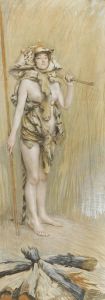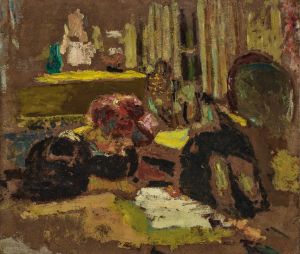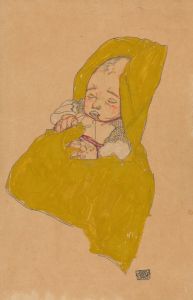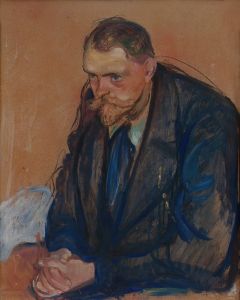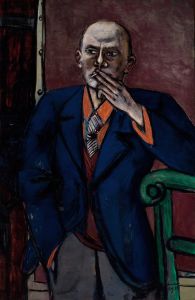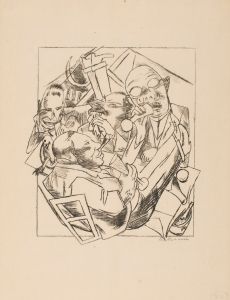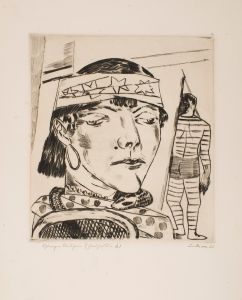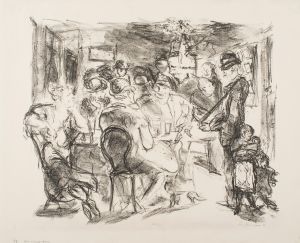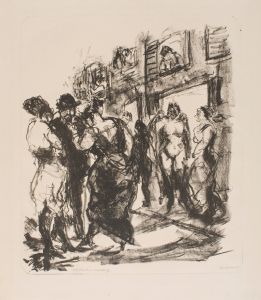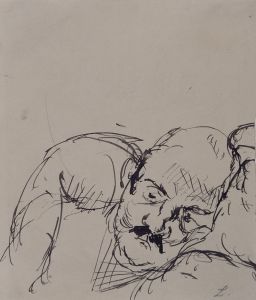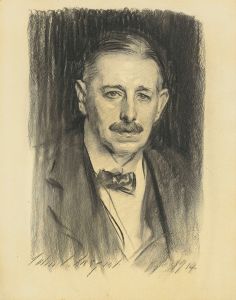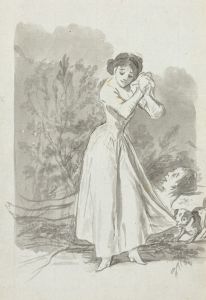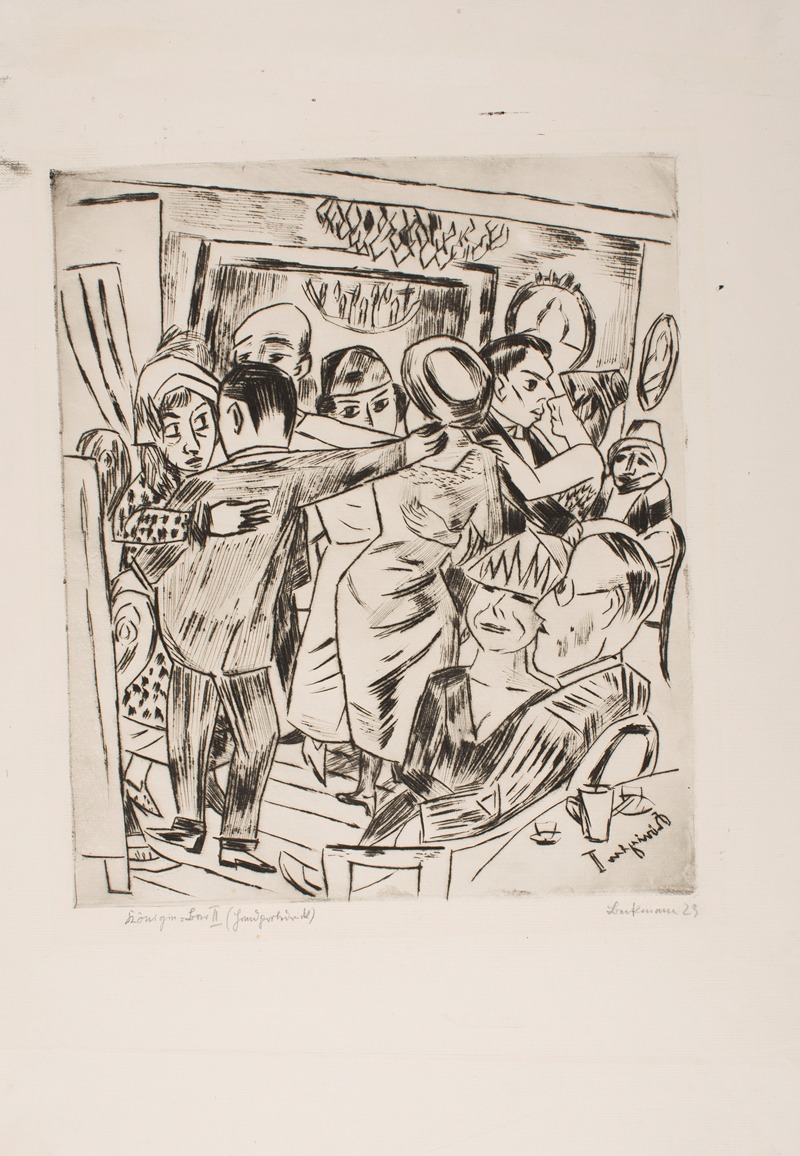
Königin Bar II
A hand-painted replica of Max Beckmann’s masterpiece Königin Bar II, meticulously crafted by professional artists to capture the true essence of the original. Each piece is created with museum-quality canvas and rare mineral pigments, carefully painted by experienced artists with delicate brushstrokes and rich, layered colors to perfectly recreate the texture of the original artwork. Unlike machine-printed reproductions, this hand-painted version brings the painting to life, infused with the artist’s emotions and skill in every stroke. Whether for personal collection or home decoration, it instantly elevates the artistic atmosphere of any space.
Max Beckmann's Königin Bar II (translated as Queen Bar II) is a painting created by the German artist Max Beckmann, a leading figure of the Expressionist movement. The work is part of Beckmann's exploration of themes such as human existence, social dynamics, and the interplay between reality and illusion, which are recurrent in his oeuvre. Painted in 1946, Königin Bar II reflects Beckmann's mature style, characterized by bold lines, vivid colors, and a complex, often enigmatic composition.
The painting is one of several works in which Beckmann depicted scenes of cabaret, theater, and nightlife, subjects that fascinated him throughout his career. These settings allowed him to explore the performative aspects of human behavior and the masks people wear in social contexts. The title, Königin Bar II, suggests a connection to a bar or cabaret environment, with the term "queen" possibly alluding to a central, commanding figure within this setting. However, the exact narrative or symbolism of the painting remains open to interpretation, as Beckmann often imbued his works with layers of meaning that resist straightforward explanation.
Beckmann created Königin Bar II during his time in exile in the United States, where he had moved in 1947 after fleeing Nazi Germany and spending several years in Amsterdam. This period of his life was marked by both personal and professional challenges, as he grappled with displacement and sought to establish himself in a new cultural context. Despite these difficulties, Beckmann continued to produce some of his most significant works during this time, including Königin Bar II.
The painting is executed in oil on canvas, a medium Beckmann frequently used. It showcases his distinctive use of strong contours and fragmented spaces, which create a sense of tension and dynamism. The figures in the composition are rendered with a combination of realism and abstraction, a hallmark of Beckmann's style that reflects his interest in both traditional and modernist approaches to art.
Königin Bar II is housed in the collection of the Saint Louis Art Museum in St. Louis, Missouri. The museum acquired the painting in 1950, and it remains an important part of their collection of modern European art. As with many of Beckmann's works, the painting invites viewers to engage with its rich visual language and to consider the complex interplay of form, color, and meaning.
Max Beckmann's legacy as an artist lies in his ability to capture the complexities of the human condition through his distinctive visual style. Königin Bar II exemplifies his mastery of composition and his commitment to exploring profound themes through art.





